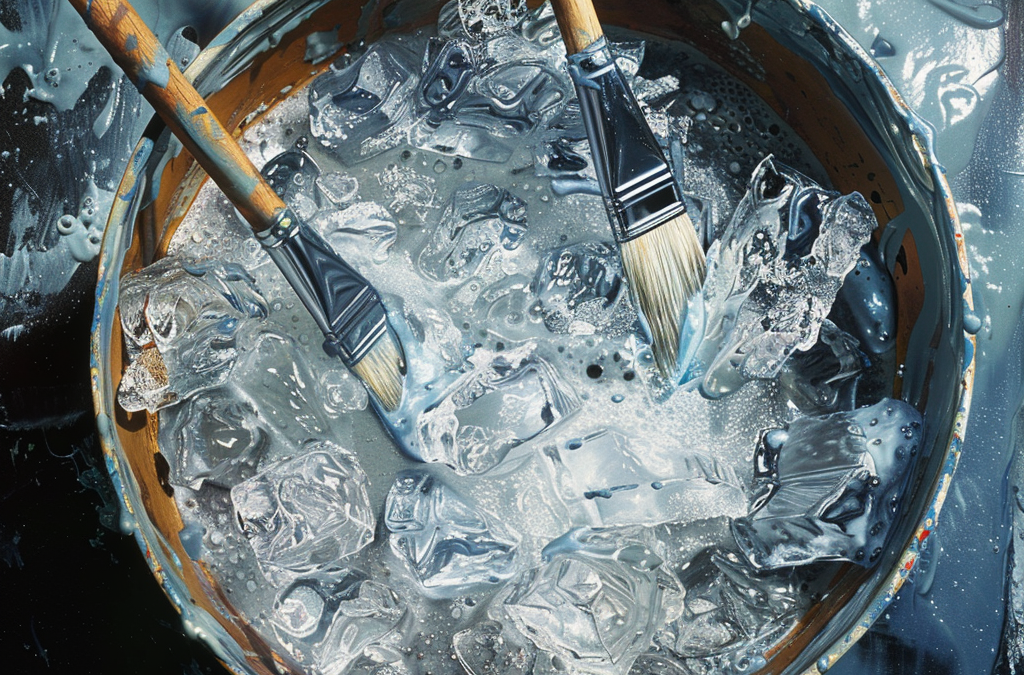The quality of a paint job, especially on exterior surfaces, can be significantly affected by changes in the weather. Hot summers, chilly winters, dry and wet days, high and low humidity, and other environmental factors impact painting projects. At Prestige Coatings, we know the best and worst times to start a painting project, but we also have the equipment and expertise to produce the best results no matter the time of year. Transform your space with expert commercial painters in Sydney—get a free quote today!
Optimal Seasons for Interior and Exterior Painting
The best time for interior and exterior painting depends on your surroundings. For instance, if many trees surround your building, hiring a painting crew in the spring is preferable to doing so in the summer when foliage can obstruct the painters’ work.
The type of paint being used and other variables also affect the best time of year for interior painting. Specialty paints, such as oil- or solvent-based ones, release more fumes and are best avoided during seasons when windows cannot be easily opened (like extremely hot summer days or cold winter nights). Discussing all the details with your painting contractor can help you identify the best time of year for your interior or exterior work.
How Temperature and Humidity Impact Painting
Temperature and Humidity Impact
Humidity leaves moisture on surfaces, causing paint to take longer to dry. Temperature also affects how paint dries. High-caliber painters are conscious of how temperatures and humidity impact the quality of a paint job and know how to avoid problematic situations.
Impact of Surrounding Temperature
If it’s too cold, paint won’t dry properly, increasing the likelihood of sagging, running, or developing creases. Premium brands like Benjamin Moore and Sherwin-Williams have developed formulations for some of their paints that allow work to proceed in temperatures as low as 35 degrees. However, most manufacturers recommend painting in temperatures between 50 and 90 degrees.
When it’s too hot outside, the paint dries too quickly, causing lumps and wrinkles. Wrinkles, bubbles, and blisters result from the paint’s binding properties not having enough time to work effectively when it dries too quickly, especially on hot days with direct sun exposure.
Effect of Relative Humidity
The degree to which paint adheres to surfaces depends on relative humidity. As relative humidity rises, more surfaces are exposed to water vapor, which can cause paint to bubble or peel when applied over moisture. The preferred humidity range is between 40% and 70%, as paint adheres best within this range.
Impact of Wind
Wind can also affect paint application. Cracking or blistering paint on a surface might not always be due to heat or humidity but could result from painting on a windy day. Paint requires 24 hours to dry and cure properly, but if applied in windy conditions, it can dry too quickly and fail to adhere correctly. At Prestige Coatings, we avoid painting in winds stronger than a light breeze or eight mph to prevent future issues.
Why Winter is Beneficial for Interior Painting
Generally speaking, summer is the ideal time for exterior painting projects, but winter is the best season for interior painting. Australian summers, particularly in Sydney, can be a significant turn-off for wall painting projects due to high humidity. Lower relative humidity in winter means less moisture in the air and faster paint drying times.
Winter is considered an “off-season” for painting, which offers several benefits:
1. More Affordable Quotes and Jobs
Due to the misconception about seasonal painting, demand for interior painting services is lower in winter than in other seasons. Painting quotes are higher during spring and summer when professional painting services are in high demand. Winter is the ideal time to transform your rooms with color at a better price.
2. Consistently Favorable Weather
Checking the local forecast is essential before starting your painting project in winter. The time needed for surface preparation, painting, drying, and priming depends on the climate and air temperature. However, winter temperatures are more stable, making it easier to complete indoor painting projects without significant delays.
While sunny weather is preferable for exterior painting, direct sunlight should be avoided in hotter weather. For interior projects, sunlight isn’t essential, making winter a perfect time for painting.
Conclusion
Winter painting allows you more headspace to plan for summer. Many people choose to repaint individual or multiple rooms in winter to avoid handling the project during peak seasons like summer. Winter offers ample time to focus on projects you’d typically rush to finish during busier times. Indoor painting is no exception!
To consult with any painting or paint curation-related service for your indoor spaces, get a free quote from a highly professional, accredited service—Prestige Coatings. Our team of professional painters in Sydney has offered all kinds of painting services across metropolitan areas for over ten years.


